How Do I Keep My Spine in Alignment?
posted: Nov. 11, 2021.

How do I keep my spine in alignment??
One of the most common questions our doctors get asked is, "How do I keep my spine in alignment after I get adjusted?" Well, the answer is quite complex, and the truth is there may be a lot more activities that can make your spine come out of alignment, than activities that help keep your alignment healthy. Not saying it is impossible to keep alignment healthy between check-ups, but it does take some work! While you can do almost every single thing right for your spinal health, it just takes one wrong tendency or habit and it can undo all that your have worked for.
1. Maintain Mobility → We tell our patients to use chiropractic as a tool, and not a crutch when it comes to movement. Being adjusted helps restore normal functional movement into a problematic area. Once normal motion is regained, the patients job is then to strengthen throughout the corrected range of motion and MAINTAIN that movement.
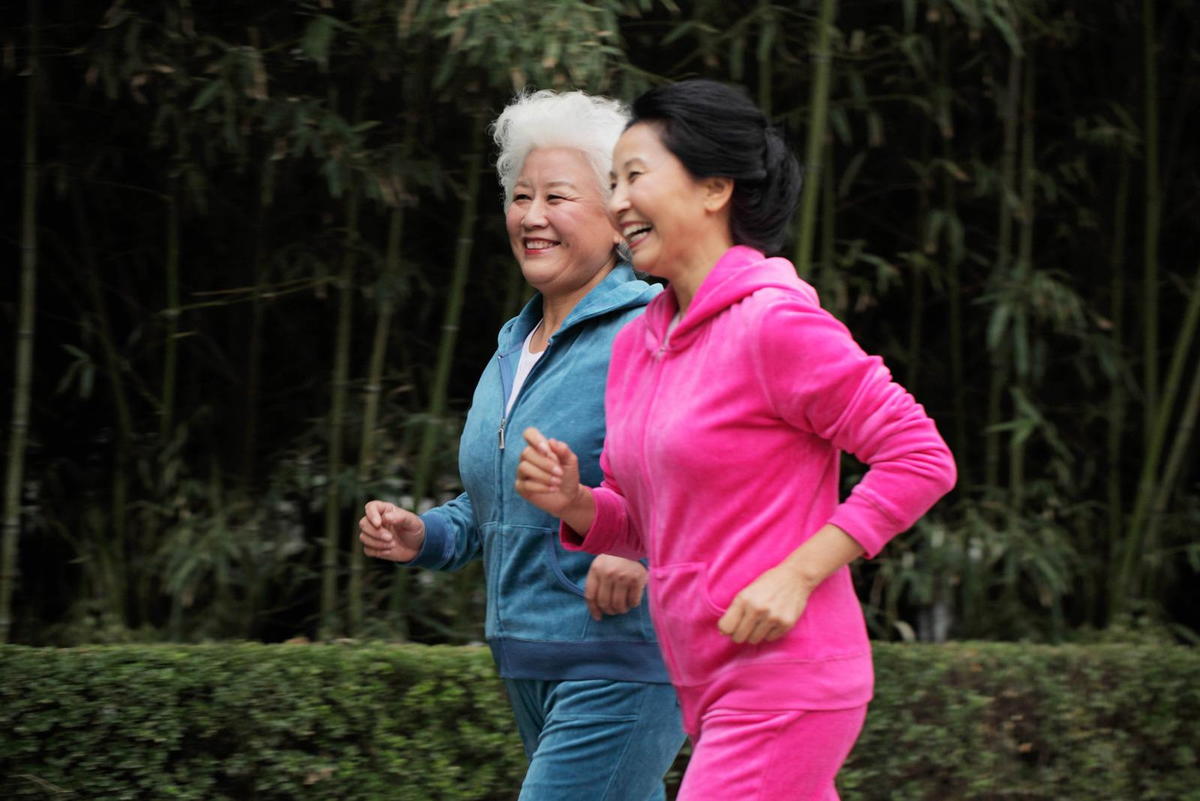
If you think about anytime you've injured yourself, for example spraining your ankle, the body naturally adapts a new gait to avoid the pain causing motion as a way of protecting itself.
Even after your ankle heals, your body still uses that altered gait. The same thing can happen with any pain-causing injury. Getting adjusted, followed by strengthening in that new motion is a great way to not only reach normal functional movement, but to keep normal functional movement and proper alignment.
2. Exercise → Motion is lotion, this is a common phrase used in the physiotherapy world that pertains to the benefit movement has to the joints in the body. When most people think about the benefits of exercise they think about heart, lung and muscular health. What most people don't realize is the great benefit that movement has for their overall joint health.
Between your body's joints there is a liquid called synovial fluid. This synovial fluid is a lubricator, preventing the two bones that form the joint from rubbing on each other causing degeneration. Movement is what helps your body produce more synovial fluid, as well as helps circulates the lubricant to the joints. Individuals who live a sedentary lifestyle are more prone to joint pain, joint stiffness and can even lead to developing early arthritis.
3. Live a Healthy Lifestyle
- Maintaining a healthy weight can minimize stress on joints.
- Anti-inflammatory diet
- Results in less joint pain
- Avoid C.R.A.P.
- Carbonated drinks
- Refined sugars
- Artificial foods
- Processed foods
- Drink plenty of water
- Water helps lubricate your joints, regulate body temperature and many more functions.
4. Sleeping → Sleep is important for healing and recovery, but the position you sleep is also very important! It helps to stay in a neutral spinal position, meaning if you kept in line from the top of your head to the bottom of your feet, your spine would be a straight line and healthy sleeping position.
What NOT to do Sleeping:
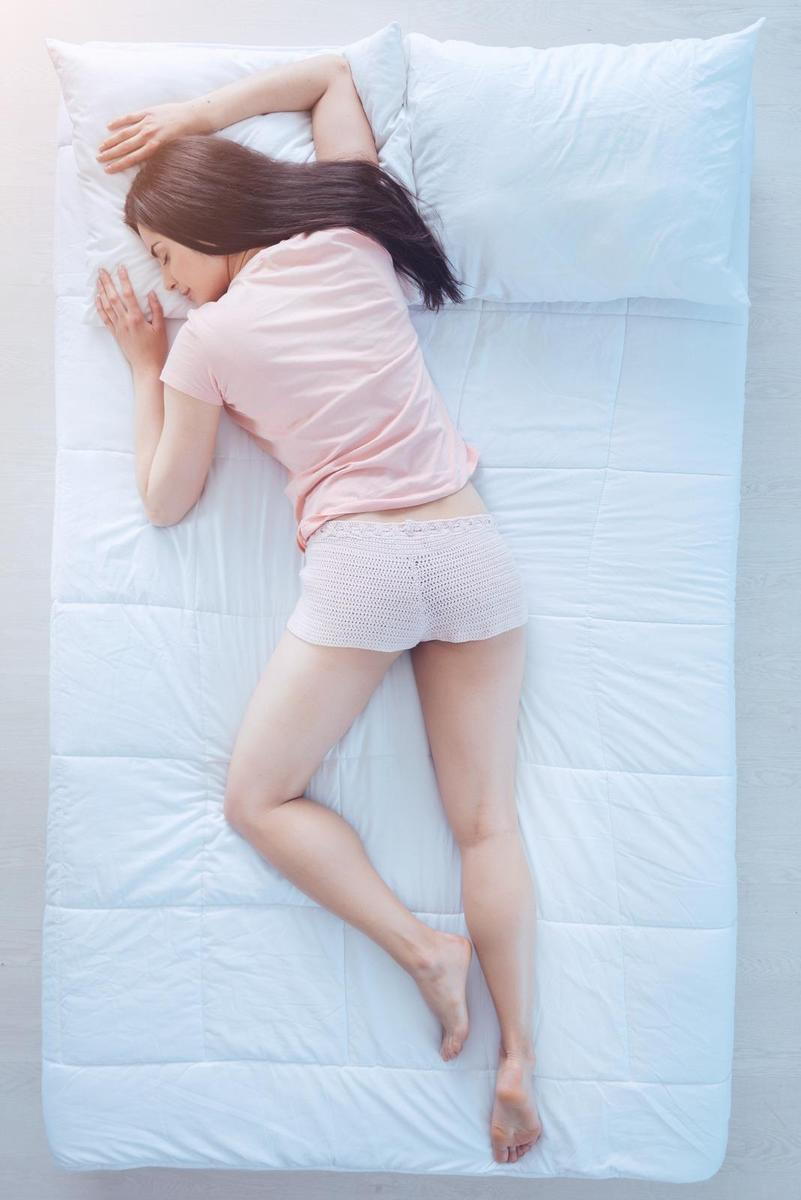 Increased pillow height can put the neck in flexion, taking the neck out of a neutral spinal position and can result in the feeling of a "kink" in the neck.
Increased pillow height can put the neck in flexion, taking the neck out of a neutral spinal position and can result in the feeling of a "kink" in the neck.
Sleeping on your stomach! Because you would suffocate if your face was
down also, stomach sleepers lay with their heads turned to the side all night. It would be like looking over your shoulder watching a presentation for 8 hours, it can often lead to neck soreness, torticollis and even head aches.
What TO do Sleeping:
- Sleep in a neutral spinal position, either back or side. Either one of these can help with spinal alignment, but avoid stomach sleeping.
- Sleeping on your side with a pillow between your knees can help keep your hips and low back aligned
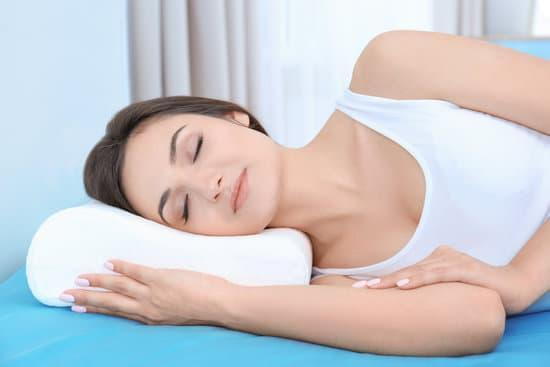 and can even help avoid low back pain. This also creates a healthy "Q-angle" of the femur which helps the alignment of the pelvis and knee. Also hugging a pillow in front of you is great to avoid spinal twist of having the chest down while knees to the side.
and can even help avoid low back pain. This also creates a healthy "Q-angle" of the femur which helps the alignment of the pelvis and knee. Also hugging a pillow in front of you is great to avoid spinal twist of having the chest down while knees to the side. - Sleeping on your back with a pillow under your knees can keep your spine maintain great alignment as well. When on your back, a smaller pillow under your neck is usually best or sometimes even no pillow at all depending on the firmness of your mattress.
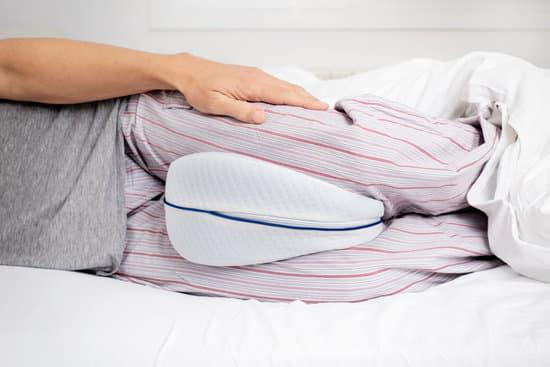
*If sleeping face down is unavoidable, place a pillow under the stomach to keep the spine from hyperextending. You can also place a pillow underneath the chest to avoid neck extension.
Call us: 406-551-2177
Schedule online at: https://appointments.mychirotouch.com/?clinic=GVCL0001
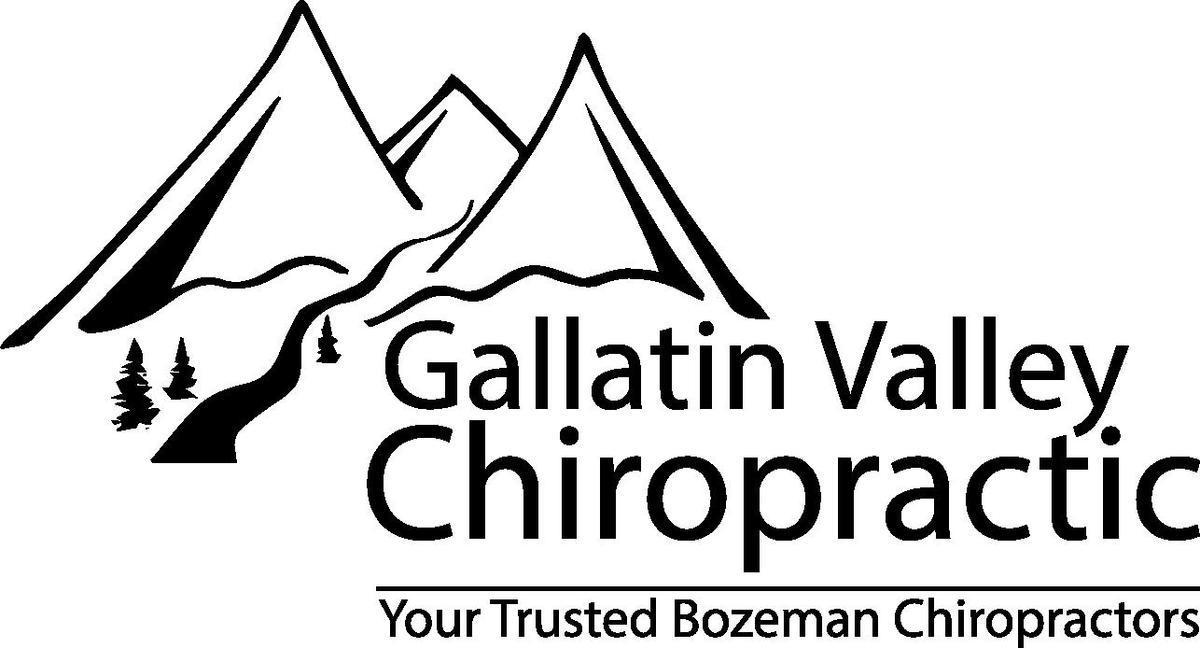
References
https://www.webmd.com/arthritis/caring-your-joints